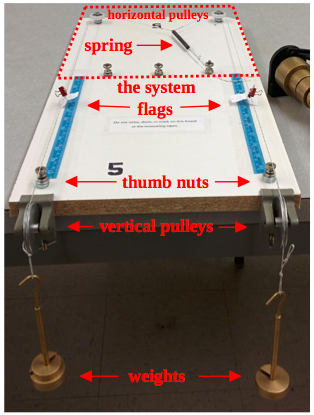Prerequisite concepts
One can view $\frac{df}{dx}$ as approximately given by a fraction where $df$ is a small change in $f$ and $dx$ is a small change in $x$.
When taking a derivative of a multivariable function, it is possible to consider a simpler situation in which some of the variables are considered to be constant.
Derivatives of multivariable functions can be found by holding one or more variables constant (subject to physical limitations).
FIXME: Is this really a statement about paths? I don't think we have path-related concepts.
One typical notation used for derivatives is Leibniz notation ($e.g.,$ $df/dx$). Physicists often think of the $df$ and $dx$ as distinct quantities (``differentials'') that can be measured, calculated, and manipulated independent of one another. In particular, a differential can be thought of as the (small) change in a quantity when a small change is made to a physical system. A differential can also be thought of as the difference between the values of a quantity between two different (nearby) physical states. This line of thinking is also valuable for thinking about integration in physical situations.
Partial Derivative Machine Derivatives

In this activity, students experimentally determine various derivatives using the partial derivate machine, a mechanical analogue for thermodynamic systems. Students explore the ratio, limit, and function aspects of multi-variable derivatives, with an emphasis on holding different variables constant. This activity is also an excellent exercise in representational fluency, as students must coordinate experiments and tables of data with (new) symbolic notations. $\textrm{Leibniz Notation}\ \frac{\partial f}{\partial x} \rightarrow \left(\frac{\partial f}{\partial x}\right)_y$
Representations used

Concepts taught
While it is relatively easy to imagine very, very small changes in physical values, there are often experimental limits on how small of a change can be measured. When designing and conducting experiments, there is a tension between these experimental limitations and normative representations of functions as smooth lines or
While the constituents of a derivative (the $f$ and $x$ in $\frac{df}{dx}$) can have physical interpretations, the derivative itself can have a different physical interpretation. For example, $\frac{dx}{dt}$ is a velocity. FIXME: find a better example
FIXME
FIXME